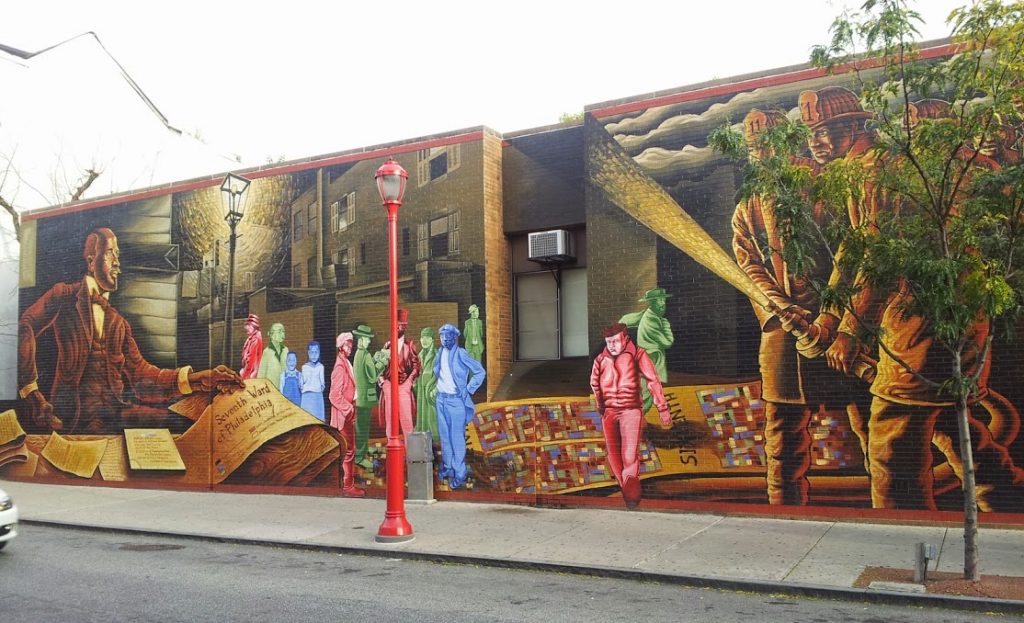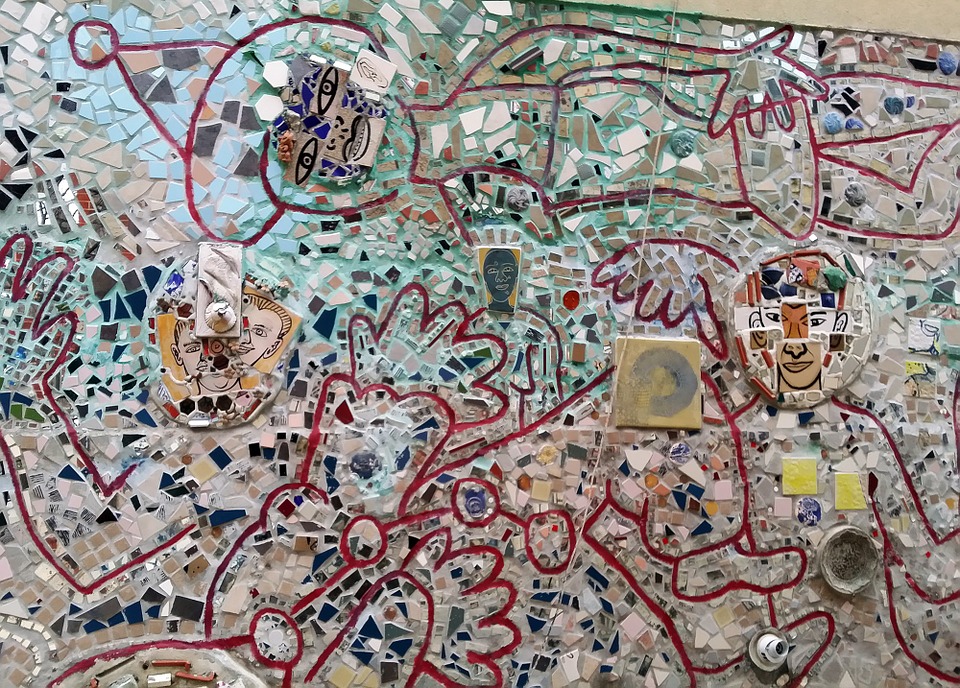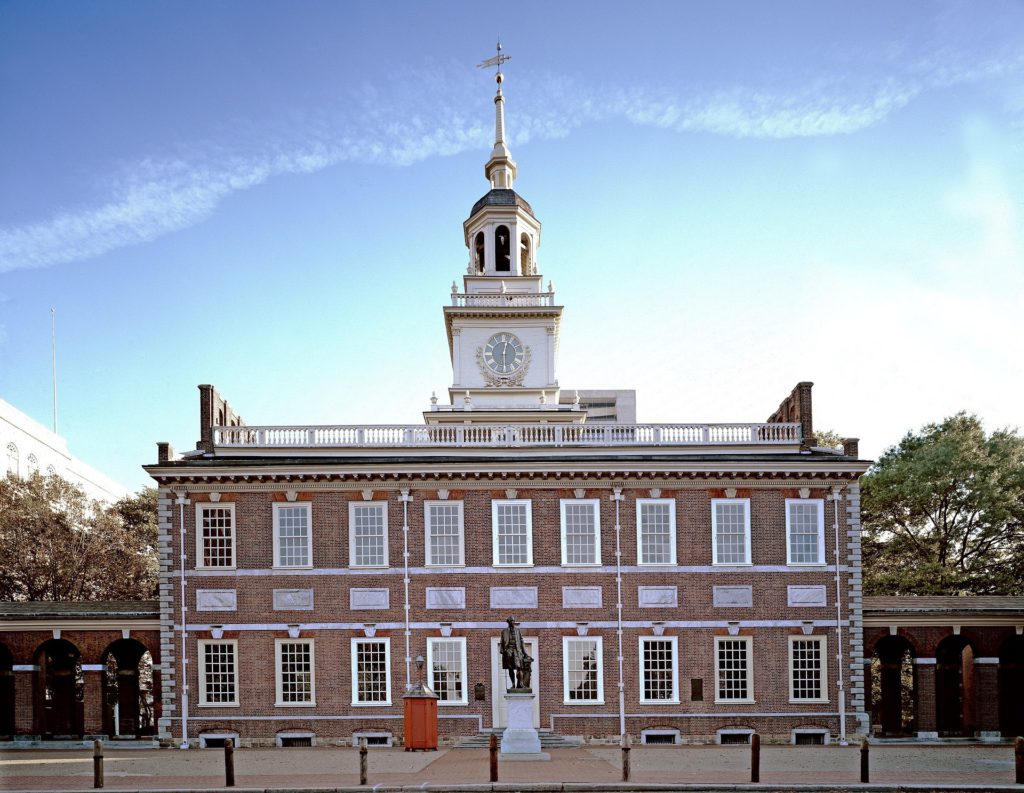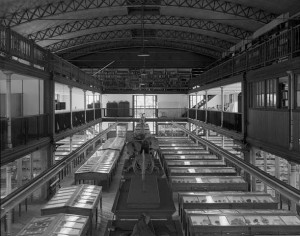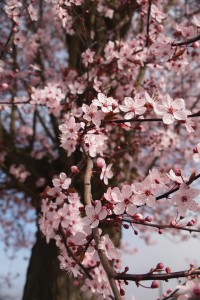Though Philadelphia contains one of the more renowned art museums in the world, there’s only one way to see art and the city at the same time: the street art.
From the Philadelphia Mural Arts Program, to artist Isaiah Zagar mosaic-tiling every wall he can get his hands on, to world-class graffiti and street art, nearly every street in Philadelphia is bound to have a surprise in store.
The Philadelphia Mural Arts Program began in 1984 as an anti-graffiti program, and has created almost 4,000 murals since. From the recent color-blocking of Broad Street to Philadelphia On A Half-Tank, a mural painted on the side of an oil tank at the refinery in South Philly at Penrose Ave and 26th in 1999, there is an incredible amount of history in the program. Some works have been torn down or built over with time, but that is part of being in a living-breathing city. The majority of the murals with the project are not just for art’s sake, but also have a purpose. One of the project’s murals was painted on the side of a methadone clinic, and some over the 1,200 artists who helped to paint the mural were patients at the clinic at the time, as part of a rehabilitation program. The founder of the Mural Arts Program shared her top 10 favorite with The Guardian, and you can check them out here.
One of the most unique ways to see murals in the city is to take a ride on the Market-Frankford elevated line. From 45th to 63rd streets, there are a total of 50 murals creating an experience called “Love Letters”. Some can be seen from the street, but not all, as they are meant to be seen from the train. Created by Philadelphia native Steve Powers, all 50 murals are love letters from a partner, from an ex, or from the residents to their city. Ranging from cutesy sentiment to powerful declarations, Love Letters from the El is an experience I highly recommend you make time for, even if you normally drive.
Isaiah Zagar’s work is instantly recognizable to long-time residents of Philly. The Magic Garden, his multi-story maze-like art piece is the most famous of his work, particularly after a long-fought battle with the city to keep it. But you won’t just find his work in the Magic Garden, you can see his handiwork all over the city in the South Street/Queens Village area, particularly in alleyways. There are so many murals that they made a map to show them all.
Mural Locator is a website dedicated to pinpointing murals on maps all over the globe, and can help you find murals that aren’t part of the Mural Arts Project or Zagar’s body of work.
No matter if you are a long-time local or a brand new tourist, if you are on a unique-yet-romantic first date or looking for something to do with the kids on a nice day, there are endless ways of touring, viewing, and getting to know the wonderful art on the streets of Philadelphia.


